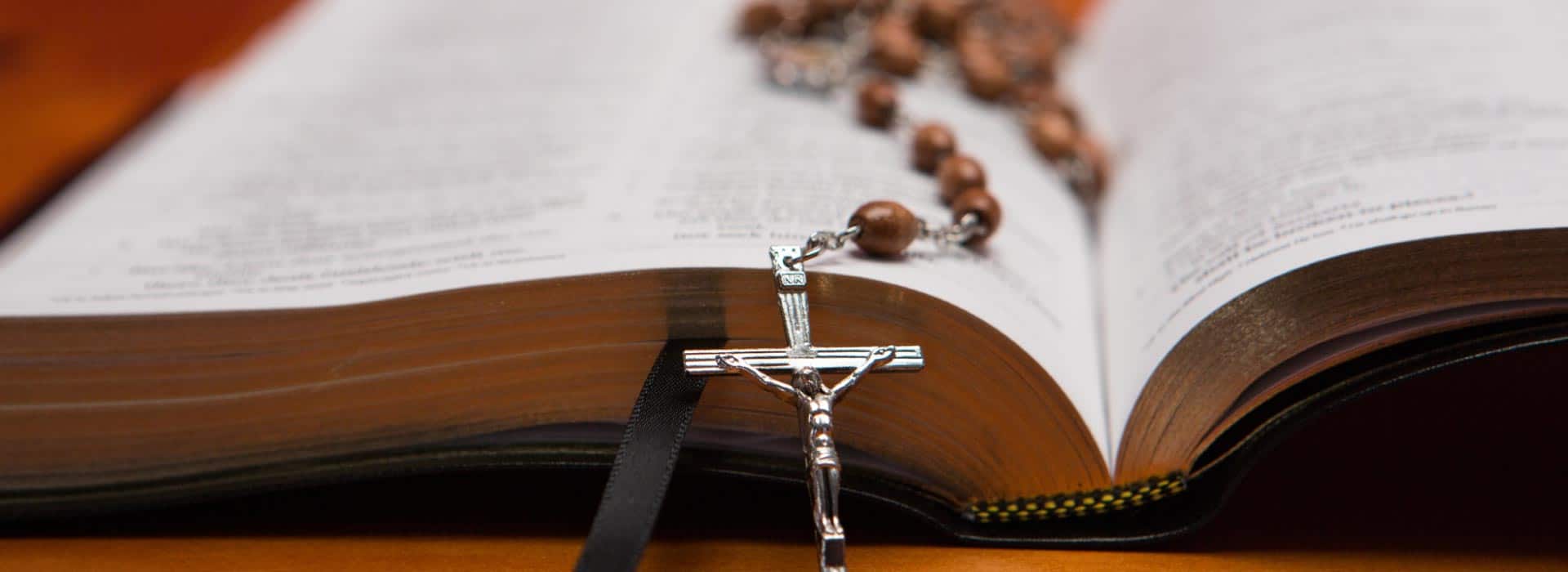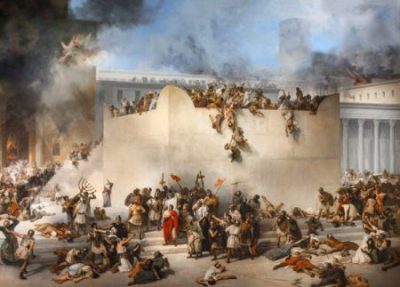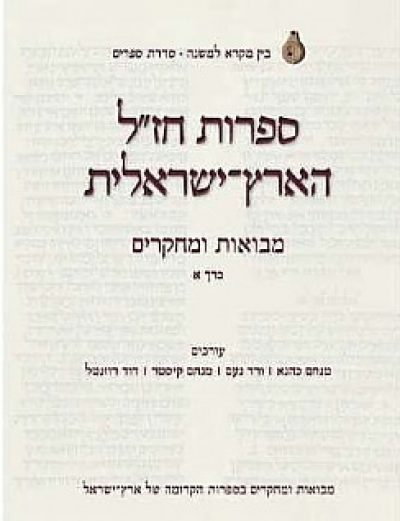Another very widespread celebration is the Bar Mitzvah, marking a boy’s 13th birthday. Somewhat less common is the Bat Mitzvah, marking a girl’s 12th birthday. It may seem strange that the only inkling we have of this in the Hebrew Bible is Ishmael’s circumcision at age 13. The Bar Mitzvah is actually a relatively recent phenomenon, as far as Jewish history goes.
A number of references in the Mishnah indicate that the age of religious majority for a boy—the age at which the responsibility for his observance of the commandments becomes his, rather than his parents’– is 13. For a girl, the comparable age is 12. The reason for the difference is obvious, if one simply looks at a group of 12-year-old boys and girls. On the average, the girls of this age are already young women, while the boys are still boys. Within a year, many of the boys have begun to catch up. With physical maturity comes religious responsibility.
Bar is Aramaic for “son of”, so literally, becoming a Bar Mitzvah means becoming a “son of the commandment“, someone who now has an adult’s obligation in the performance of religious duties. (Bat Mitzvah, as we shall see, a much later development, literally means “daughter of the commandment.”) The terms can be used interchangeably for the child or for the celebration. A thirteen-year-old boy may be counted in a minyan, the quorum of ten adult males necessary for public worship, according to Orthodox Jewish law.

The festivities, gift-giving and so on, now part and parcel of these puberty rites, were not known in Jewish communities until medieval times. Today, many families mark the Bar Mitzvah of their son with both a ceremony in the synagogue (or, frequently, at the Western Wall in Jerusalem or some other holy site) as well as a party with family and friends. Typically, the boy is called up to the Torah, to read, or, rather, chant, part of the Weekly Portion. He may also chant a section from the Prophets, called the Haftara (related to the Arabic word iftar, the Haftara literally “completes” the Torah reading with a prophetic passage, usually related in thematic content.)
It may be useful to take a moment to explore when the Torah is read. It forms the core of the morning service on Sabbaths and festivals. But it is also read at the afternoon services on the Sabbath and on Yom Kippur, as well as the mornings of Chanukah and the New Moon (called Rosh Hodesh, it marks the beginning of the lunar month.) Finally, it is read every Monday and Thursday morning. These weekday readings were mandated by Ezra the Scribe in the 6th century BCE, when the exiles returned from Babylonia. Monday and Thursday were market days, and Ezra did not want more than three days to go by without a public Torah reading. The 5 books of the Torah, or Pentateuch, are divided into weekly portions read in an annual cycle. Thus, you may be invited to a Bar Mitzvah on a Sabbath or on a weekday. The weekday reading would be much shorter, as it would be only the first few verses of the following Sabbath’s portion.
The boy’s father and other male relatives or friends may also be called up to the Torah. In some communities, when the father is called up, he recites a special blessing to God upon absolving him of his legal responsibility for the boy’s religious behavior. (In certain communities, both parents may recite this blessing together.) It is customary when the boy has finished reading for the congregation to throw candies at him, sing and sometimes dance. He may also give a short homily in the synagogue, often based on the Torah portion of the week, but perhaps relating it to the new stage in his life as a Jew. The synagogue service would then be followed by a Kiddush, or festive collation.
There may be two other components to the celebration:
1) The family may choose to celebrate with a party outside the synagogue. This could be held at home or in a hall. It might be a festive breakfast, lunch or dinner or just a party in the evening. There would be plenty of food, music, dancing, and perhaps some short speeches. Sometimes the friends or family of the Bar Mitzvah boy might put on a little show with songs and skits, telling about the boy, his hobbies, interests and special traits. As mentioned earlier in connection with the Brit, here, too, it would be appropriate to bring a gift for the boy and to wish Mazal Tov.
2) In more traditional families, there might be an additional celebration for the first time the boy dons the Tefillin—phylacteries—the leather straps and boxes that traditional Jewish men wear for morning weekday prayers (see Deuteronomy 6:8 and 11:18.) This celebration would be held on a weekday morning, usually followed by breakfast.
Traditionally, girls reaching the age of religious majority were not feted. There was no ritual marking of the occasion in the synagogue nor was there a family party. This was very much in line with traditional Judaism’s emphasis on women’s role in the home, but not in public expressions of religion. We do have historical evidence that the Italian Jewish community, generally known for its more open and progressive attitudes, instituted a kind of group Bat Mitzvah for girls at least as early as the nineteenth century. Around the same time, the Reform movement instituted a confirmation ceremony in the synagogue for boys and girls who reached the age of sixteen.
In the twentieth century, Conservative and Reform Jews, especially in the US, began celebrating the Bat Mitzvah of their daughters. They felt that with the changes that were taking place regarding women’s roles in general society, the role of women within Judaism should also be changed. In Israel, these movements are still very small. In a Conservative or Reform synagogue, the ceremony for the Bat Mitzvah would be very similar to what was described above for the Bar Mitzvah. There are also some liberal Orthodox communities, both here and abroad, in which the Bat Mitzvah might be marked with a synagogue service, sometimes involving a reading of the Torah by and for women. But in most cases, the Bat Mitzvah celebration will consist of the party alone, although it is possible that at the party, the girl will deliver a short talk, based on her study of the Torah portion. Again, gift-giving and wishes of Mazal Tov are the order of the day.






